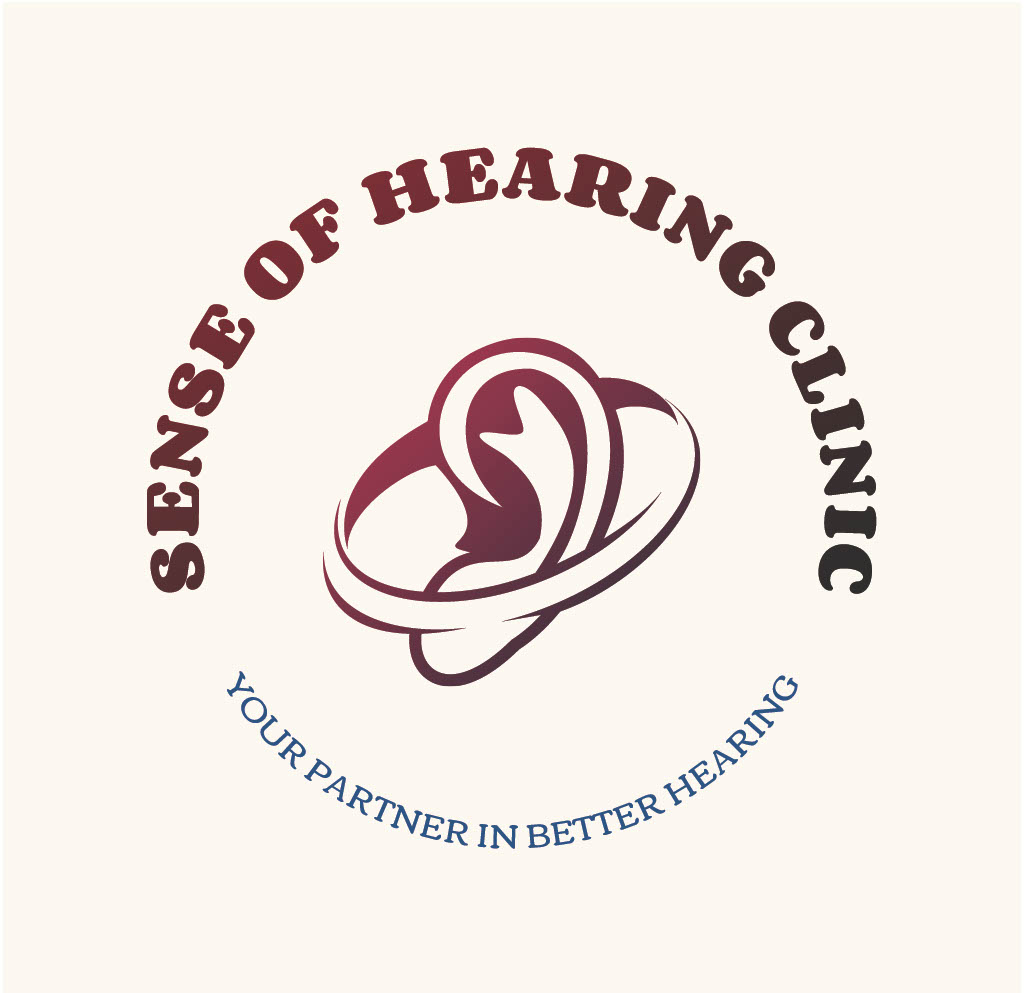Hearing loss is often preventable. By understanding the risks and taking appropriate protective measures, you can preserve your hearing for life. Prevention is always better than treatment when it comes to hearing health.

Noise-induced hearing loss (NIHL) is completely preventable but unfortunately permanent. It occurs when:
- Loud sounds: Exposure to sounds over 85 dB for extended periods
- Sudden loud sounds: Brief exposure to extremely loud sounds (120+ dB)
- Cumulative damage: Repeated exposure over time
- No warning signs: Often occurs gradually without pain
Understanding sound levels helps you protect your hearing:
- 60 dB: Normal conversation - Safe
- 85 dB: City traffic - 8 hours safe exposure
- 100 dB: Motorcycle - 15 minutes safe exposure
- 120+ dB: Rock concert - Immediate damage risk
The 60-60 Rule
Workplace Hearing Protection
- • Construction and demolition
- • Manufacturing and factory work
- • Airport ground crew
- • Military personnel
- • Musicians and sound engineers
- • Emergency services
- • Mining and drilling
- • Landscaping and lawn care
- • Use appropriate hearing protection
- • Follow workplace safety protocols
- • Regular hearing assessments
- • Proper equipment maintenance
- • Noise reduction engineering controls
- • Employee education and training
- • Rotation of high-noise exposure tasks
- • Quiet areas for breaks
Types of Hearing Protection
Disposable, affordable option for occasional use.
Pros:
- • Inexpensive
- • Widely available
- • Good noise reduction
Cons:
- • Single use only
- • May not fit all ears
- • Can be uncomfortable
Reusable, moldable option for swimming and sleeping.
Pros:
- • Waterproof
- • Comfortable
- • Reusable
Cons:
- • Lower noise reduction
- • Can collect debris
- • May fall out
Professional-made for perfect fit and maximum protection.
Pros:
- • Perfect fit
- • Maximum comfort
- • Excellent protection
- • Long-lasting
Cons:
- • Higher initial cost
- • Requires professional fitting
Over-ear protection for high-noise environments.
Pros:
- • High noise reduction
- • Easy to use
- • Visible compliance
Cons:
- • Bulky
- • Can be hot
- • May interfere with other PPE
Advanced protection that allows communication while blocking harmful noise.
Pros:
- • Selective noise blocking
- • Communication possible
- • Advanced features
Cons:
- • Expensive
- • Requires batteries
- • More complex
Specialized protection that preserves sound quality while reducing volume.
Pros:
- • Preserves sound quality
- • Even frequency reduction
- • Professional grade
Cons:
- • Specialized use
- • Higher cost
- • Requires professional fitting
Recreational Hearing Safety
- • Use ear protection at concerts and clubs
- • Follow the 60-60 rule for personal devices
- • Take listening breaks every hour
- • Choose over-ear headphones over earbuds
- • Use noise-canceling headphones in noisy environments
- • Be aware of volume creep in noisy places
- • Protect ears during shooting sports
- • Use swim plugs to prevent infections
- • Wear protection during motorsports
- • Be cautious with power tools and equipment
- • Protect ears during fireworks displays
- • Use appropriate gear for water sports
Age-Related Hearing Changes
While some hearing changes are natural with aging, protecting your hearing throughout life can significantly slow this process:
- • Regular hearing screenings after age 50
- • Continued protection from loud noises
- • Management of health conditions affecting hearing
- • Early intervention when changes are noticed
Early Warning Signs of Hearing Damage
- • Ringing in ears after noise exposure
- • Temporary muffled hearing
- • Ear pain or discomfort
- • Feeling of fullness in ears
- • Difficulty hearing immediately after exposure
- • Sensitivity to normal sounds
- • Asking people to repeat themselves
- • Turning up TV or radio volume
- • Difficulty hearing in noisy places
- • Missing parts of conversations
- • Fatigue from straining to hear
- • Avoiding social situations
- • Persistent tinnitus
Creating a Hearing-Safe Environment
At Home
- • Use sound-absorbing materials (carpets, curtains)
- • Maintain appliances to reduce noise
- • Choose quieter appliances when replacing
- • Create quiet zones for relaxation
- • Use timers to limit loud activity exposure
- • Educate family members about hearing safety
In Public
- • Choose restaurants with good acoustics
- • Sit away from speakers and kitchen noise
- • Use hearing protection at loud events
- • Take breaks from noisy environments
- • Advocate for noise reduction in your community
- • Be aware of cumulative noise exposure
